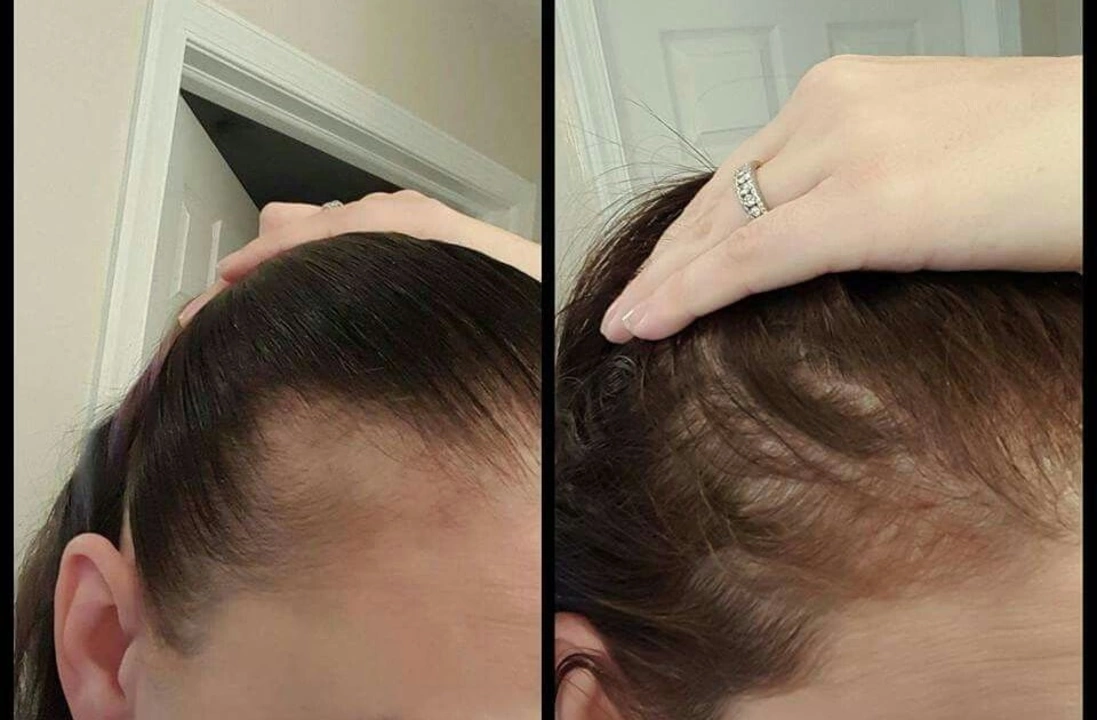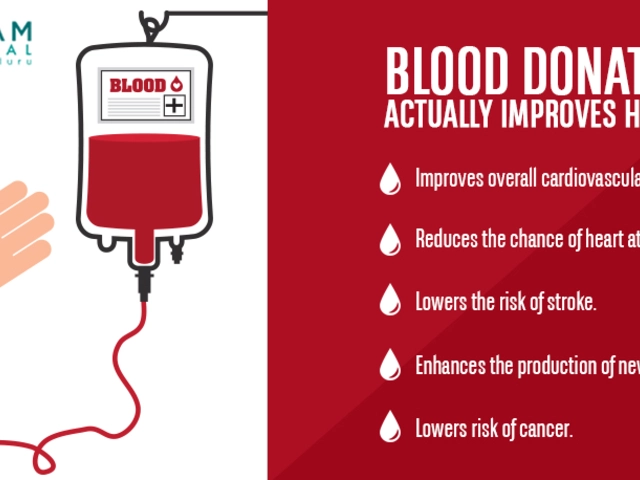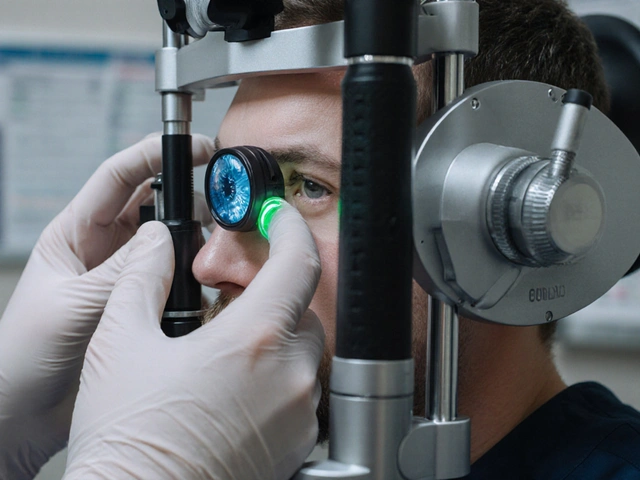Alopecia: What Causes Hair Loss and What You Can Do Now
Noticing more hair in the shower or on your pillow is unsettling. Alopecia is the medical word for hair loss, but that covers many causes — from genetics to meds, stress, and immune issues. This page helps you spot common triggers, notes when to see a doctor, and points to treatments that actually work for specific types of hair loss.
Quick causes & things to check
If hair loss feels sudden or comes out in clumps, start by asking a few direct questions: Did you start a new medication? Have you had a fever, surgery, or a big life stress in the past few months? Drug-induced hair loss (telogen effluvium) often shows up 2–4 months after the trigger. Common culprits include some RA drugs, antibiotics, and certain blood pressure or cancer meds. You can read focused pieces on drug-related thinning and specific meds like methotrexate, sulfasalazine, and others in our article list below.
Simple tests can rule out common issues: a thyroid check, iron and ferritin levels, and sometimes vitamin D. If you have patchy smooth bald spots, that could be alopecia areata — an autoimmune condition that needs a different approach than pattern hair loss. When in doubt, get a dermatologist or trichologist involved; they can examine the scalp, order tests, and recommend targeted treatments.
Practical treatment options
What works depends on the cause. For medication-related shedding, stopping or switching the offending drug (only with your doctor’s OK) often leads to regrowth within months. For androgenetic (pattern) hair loss, topical minoxidil is the most accessible, evidence-backed option you’ll see. It can slow loss and help regrow hair for many people.
Platelet-rich plasma (PRP) and low-level laser therapy are options if you want clinic-based treatments. PRP uses your own blood to stimulate follicles and shows promise in studies for some patients. If you have scarring alopecia or an autoimmune form, dermatologists may recommend corticosteroid injections or prescription immunomodulators. Be realistic: regrowth can take several months, and combining approaches (topical + in-clinic) often gives better results.
Everyday care matters too. Avoid tight hairstyles, reduce heat and harsh chemical treatments, and switch to a gentle shampoo. If you drink alcohol or take dehydrating meds like some diuretics, watch hydration and electrolytes — they affect hair health indirectly. Small changes can support faster recovery.
Explore these handy articles on our site for focused advice and how-tos:
- "Dermatologist-Approved Treatments for Drug-Induced Alopecia: Minoxidil, PRP, and More" — tailored strategies for medication-triggered thinning.
- "RA Medications and Hair Loss: Methotrexate, Sulfasalazine, Biologics Explained" — what to expect if you’re on rheumatoid arthritis drugs.
- "Best 2024 Alternatives to Propecia for Hair Loss" — other medical and non-prescription options to discuss with your doctor.
- "Buy Terbinafine Online" and related posts — useful when fungal scalp infections are part of the problem.
If hair loss is affecting your mood, tell your doctor — there are support options and cosmetic steps (like scalp micropigmentation or wigs) that help while you treat the root cause. If you want, pick an article from the list above and start there; each one digs into the cause and real-world next steps you can take today.
I recently came across a fascinating connection between autoimmune disorders and alopecia, a condition that causes hair loss. It turns out that many autoimmune disorders can lead to alopecia, as they cause the immune system to attack healthy hair follicles. This results in hair loss, either in small patches or across the entire scalp. It's important to consult a medical professional if you're experiencing hair loss, as it could be a sign of an underlying autoimmune disorder. Understanding this link can help raise awareness and lead to better treatment options for those affected.
View Details

